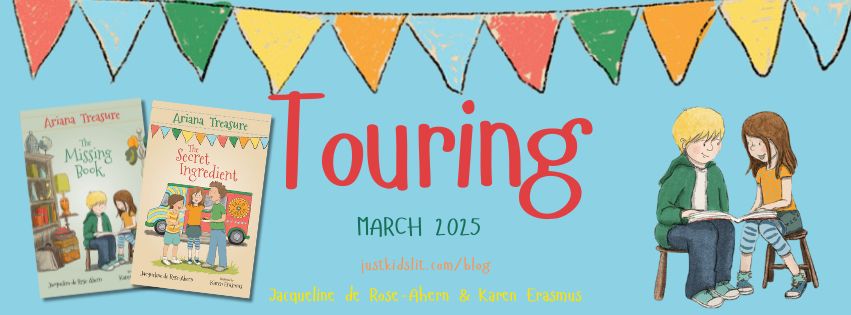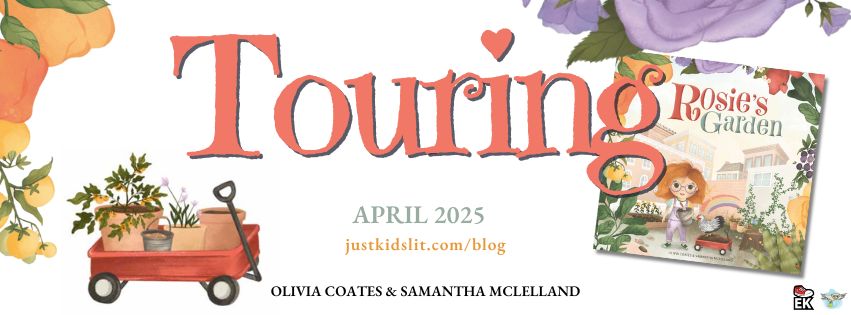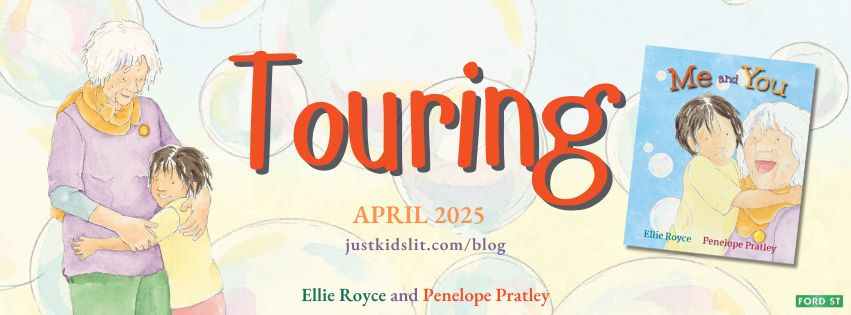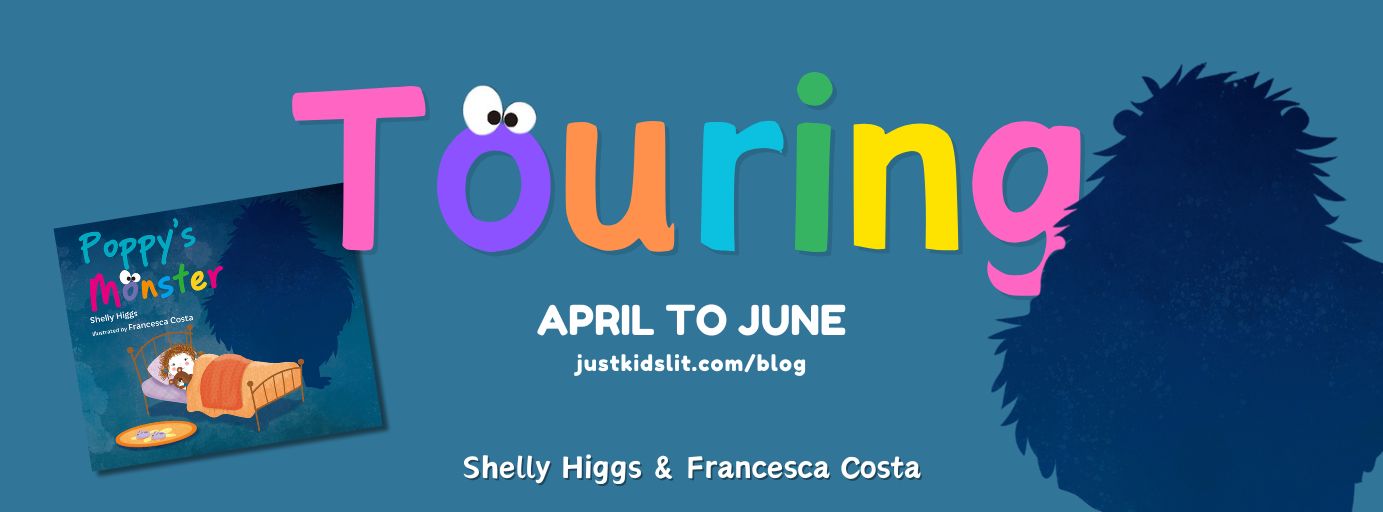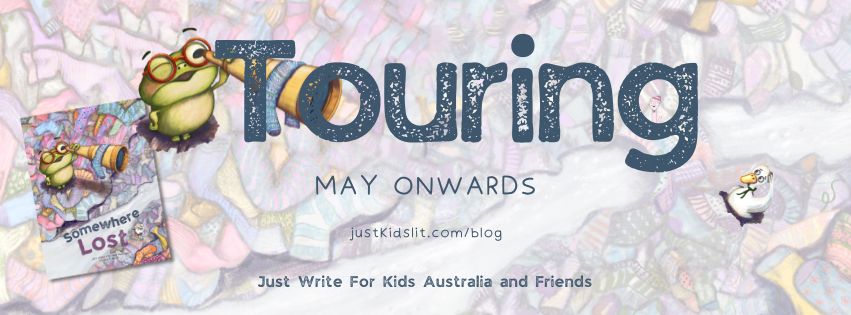 As the second part of this interview goes live, I’m so excited to be able to congratulate Penny Reeve on her recent win with the Caleb Prize for her junior fiction, Camp Max – the third book in her Tania Abbey junior fiction series. It’s illustrated by Leigh Hedstrom and published by Wombat Books (the combo behind my When I See Grandma!). Not only did Penny win the children’s book section, she was also the overall winner! I’m thrilled for her! Read more about the Caleb Prize for faith inspired writing HERE.
As the second part of this interview goes live, I’m so excited to be able to congratulate Penny Reeve on her recent win with the Caleb Prize for her junior fiction, Camp Max – the third book in her Tania Abbey junior fiction series. It’s illustrated by Leigh Hedstrom and published by Wombat Books (the combo behind my When I See Grandma!). Not only did Penny win the children’s book section, she was also the overall winner! I’m thrilled for her! Read more about the Caleb Prize for faith inspired writing HERE.
So it’s fitting today that we turn our attention to Penny’s start, writing for younger children, given our focus last time was on her YA novel, Out of the Cages. Read part 1 HERE.
Hi again, Penny! Let’s start at the beginning with how you got your start in the kid’s book industry. What do you think inspired and motivated you to write for children?
I was an avid reader all through my own childhood and as a teenager too, reading almost anything I could find. Books were a powerful part of who I was growing up, so I guess I’ve always believed in them as a medium for communicating with children and loved their potential for authentic story. But that’s all me looking back on the journey and trying to sound wise about why I do what I do, when really I began writing for children because I couldn’t find the types of books I wanted to read with my new daughter and thought that perhaps, if I tried my very best, I could do something about that.
Our kids can become a strong motivator for our actions, can’t they? So how long have you been writing and how did you learn the practice and craft of writing to get it to a publishable state?
I’ve been writing for publication for just over 18 years now. Most of what I learnt at the start I learnt by borrowing every book from the local library about writing that I could find. I’d read through these ‘how-to’ books, take notes, do the exercises and kept trying to write my own stories at the same time. Later, while we lived in Nepal, I signed up for a correspondence course on ‘Writing for Children’ through what was then the Australian College of Journalism. It was a very thorough introduction to the various aspects of writing for children. It was also the first real time I received any feedback on my writing. I was part of a writing group with Lisa Shanahan for a short while, which I loved, but then life moved on and I wasn’t able to continue attending. So most of my writing journey has been fairly solitary, but in one way I think that has been a good thing. It’s stretched me to be more critical with my own work, rather than relying on someone else’s suggestions. But I still appreciate receiving an honest critique when I have a tricky work in progress and have a few close writing friends I will timidly ask for a swap when I need one.
 Which books were your first, what inspired them and how did they come about?
Which books were your first, what inspired them and how did they come about?
My first books in print were the God Made Something series. These are a very simple early childhood picture book series that I wrote when my daughter was a baby. I was thinking about how young children learn about the world, piece by piece, and that sense of adventure there is in discovering new things. And that’s how each book in that series begins: ‘Let’s go on an adventure, what will we find… ?’
How were they picked up for publication?
It’s a bit of a funny story, really. I’d written the original manuscript and had been hunting for a publisher in Australia to no avail. Someone in my searching journey had suggested I send my manuscript to Christian Focus Publications in the UK and had passed on the name and address of a contact there. So I prepared my submission, sent it off, only to learn later I’d sent it to the guy in charge of overseas distributions! He could have dumped my envelope in the bin, but instead he must have passed it to the children’s editor who later emailed me and asked me to turn my one manuscript into a set of four! Those books were published in 2002 and are still in print today.
Wow! That’s a pretty long shelf life! Your work also spans a gamut of children’s genres – picture books, junior fiction and YA. Are there any particular issues and challenges in writing and getting published for each?
Yes, I do seem to write across the genres. And I think it’s something I really enjoy: being able to negotiate a story according to the best needs of an audience and genre. Each genre has its own challenges. Picture books, for example, are notoriously difficult to get published. So when I get a picture book contract I always feel incredibly humbled, and terrified too as I await what the illustrator will do with my words. But then it goes back to awe again to see how another person has the magic to bring the text I wrote to existence!
Junior fiction is great fun too, but the challenge here is not to weigh down the story with too much detail. I feel like there needs to be a light touch with the narratives for this age group, keeping character and story pivotal and a sense of joy too. And then there’s YA, and Out of the Cages is my first step into this category. But there’s so much depth here and the opportunity to tackle the real issues but always that warning to keep storytelling central despite whatever content you have to work with. Each genre stretches and pulls at the requirements of narrative and constantly requires you to consider its audience with empathy and respect. But that is, I suppose, the challenge I love.
 Your (now award-winning) Tania Abbey books touch on themes of social justice – raising money for the ‘back leg of a goat’ for people in developing countries, for instance. What are the special skills required to write an engaging story around an issue?
Your (now award-winning) Tania Abbey books touch on themes of social justice – raising money for the ‘back leg of a goat’ for people in developing countries, for instance. What are the special skills required to write an engaging story around an issue?
I think it’s important to really understand an issue before attempting to write about it, and to be able to see it from a variety of perspectives. And this is where research and/or life experience come in. My Tania Abbey stories were written to explore the question of ‘How does an average Aussie kid respond to the needs of the world’s poor?’ I needed to know what some real life answers might be, and also what the real life needs of the poor are. Often, we sit in our comfy suburban, middle class homes and our responses to poverty can be driven by our own expectations or desires, rather than what’s really important from the perspective of those we’re wanting to help. So I knew I had to work hard to understand both sides of the situation before attempting to craft a story about these things. The challenge then is to include the issue without drowning out the story. I believe an ‘issues’ novel MUST also be a viable story in its own right. The issue provides the context for the adventure. The issue must be truthfully told but also only to the extent that it moves the story forward. It’s a weaving process, really, and in the end it’s the characters that must win. If we betray our characters for the sake of an issue, we’ve lost our story and might as well be writing a brochure.
These are amazing and helpful and insights, thanks Penny!
Here are some of Penny’s picture books:
Next month we look at the other aspects of being an author – from publishers to promotion and from disappointments to encouragements. In the interim, you can find Penny here:
Penny Reeve website: https://www.pennyreeve.com
Penny Jaye website: https://www.pennyjaye.com
and you can find me at https://www.debratidball.com









